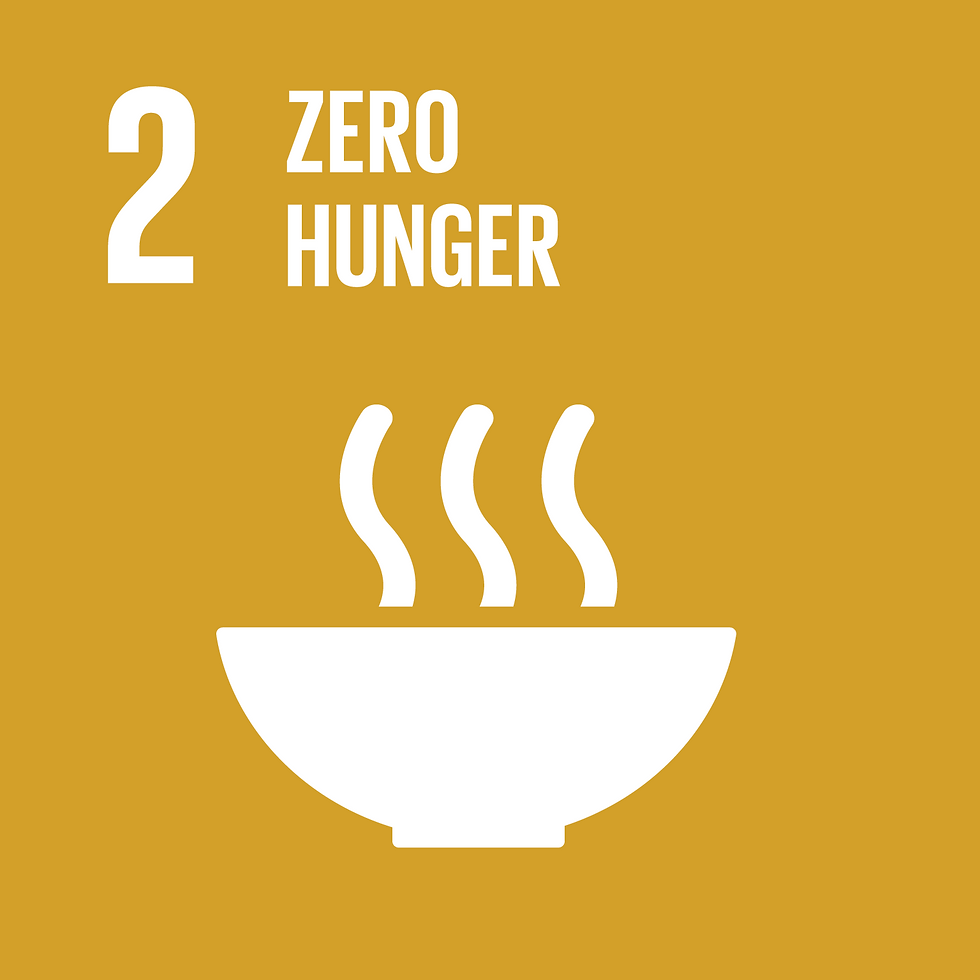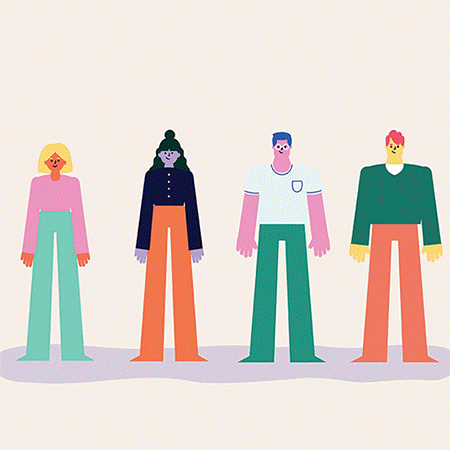Future Artefact
- Alice
- Oct 31, 2021
- 4 min read
Process
The final assignment of DES231: The Future of Work and Play course is to create an artefact that would exist in the future scenario developed from the previous assignment. As the scenario that I developed involved of use of renewable energy from our waste, the final artefact had to include a way of turning waste into energy.
The initial process began by brainstorming ideas of what artefacts could exist in the near future that I have developed. Since my theme was based on Auckland as a city, there was a vast number of artefacts I could work with, hence in the beginning I went through a difficult phase choosing the right idea.

Rough concept sketch of how energy is used from the waste:
After discussing with my tutor, I realised that all the ideas that I thought of involved industrial-scale change to the city, hence there would be several things to consider when designing the artefact within the set time of this assignment.

She gave various examples for me to consider in my design in which one particular case occurred to me differently. The Kamikatsu village in Japan sorts their household waste into 45 categories to be reused and recycled. This is done by the residents themselves to sort their waste which allowed the village to become 'zero-waste' (McCurry, 2020).
This sparked an idea of incorporating the local communities to participate in sorting their waste in which would enable an easier process to create energy. I also had experience in dividing household waste from the time I stayed in Korea, as apartment residents had the responsibility to throw away recyclable waste to the right categories including food waste. Food waste has always been a problem when dealing with household trash as it is smelly and brings various bugs to the area.

Through in-depth research, I was able to find out how waste can turn into energy and also be used as compost.
Anaerobic Digesters for example uses oxygen-free tanks for bacterias to break down the waste creating molecules like methane and carbon dioxide in which can be used to create the energy we use (Colloide, 2020). And Smart Cara is a food waste processor where it grinds then dries the food waste put in the machine turning the waste into usable compost. It uses a filtration system to process at an odourless behaviour (Arirang Issue, 2013).
With the combination of these two ideas, I decided to create a local space for residents to sort their food waste as well as feel at rest.
Rough sketch of how the space could look like:


I decided to add benches, roof and charging station for e-scooters to be a space not just to sort food waste but to rest and learn where the electricity would come from. The electricity made from the collected food waste will be used in the charging station with a sign explaining the information allowing the community to be engaged in this space.
Rough sketch of how the bins would work:


Physical model of the space:



Due to covid it was difficult to find resources to use for the physical model. The initial plan was to use the final hero shot from the physical model however it appeared extremely low-fidelity hence I decided to develop a 3d model.
3d model iteration:

Draft of system map:


Result



Excerpt from Reflective Report:
The artefact that I designed is essentially a community area where residents within the region can easily get rid of their food waste and provide a space to rest and charge their e-scooters. There is a selection of two bins in the area; compost and food waste bins. The residents have a choice to either receive compost for their garden by choosing to put their food waste into the compost bin or throw their food waste away to be used for the energy creation process.
Compost bins have a machine embedded inside, which allows the composting process to occur within and be automatically sucked into the container for the residents to collect their needed compost. Food waste is collected from the residents in a biodegradable bag, so it is secured and easy to throw away. These stored wastes would then be collected by the waste collectors to be sent to industrial anaerobic digesters to create renewable energy for the community to use. All these processes would occur in an odourless behaviour by attaching filters to the bins, so the whole area does not suffer from the smell of the food waste. The filters act like how standard air purifiers work hence have the ability to get rid of the odour.
Charging stations for e-scooters are placed, which uses the electricity made from the food waste. This will create awareness of the renewable energy system and allow the whole area to be placed in packed areas like Auckland CBD. Placing this waste collection area within the community will enable more people and community engagement to thrive, creating a better, tight community in Tamaki Makaurau.
Reflection:
The overall process of this assignment was extremely challenging due to the lockdown and being less motivated as well as having limited resources to work with. However, being able to at least achieve an idea that could eventually exist in the future was rewarding.
Reference:
Arirang Issue. (2013, June 26). Korea Today - Smart Disposal of Food Waste 음식물 처리기 [Video]. YouTube. https://www.youtube.com/watch?v=XtE9MRwzeOc
Colloide. (2020). What is Anaerobic Digestion? Colloide. https://www.colloide.com/what-is-anaerobic-digestion/
McCurry, J. (2020, March 20). “No-waste” Japanese village is a peek into carbon-neutral future. The Guardian. https://www.theguardian.com/world/2020/mar/20/no-waste-japanese-village-is-a-peek-into-carbon-neutral-future













Comments